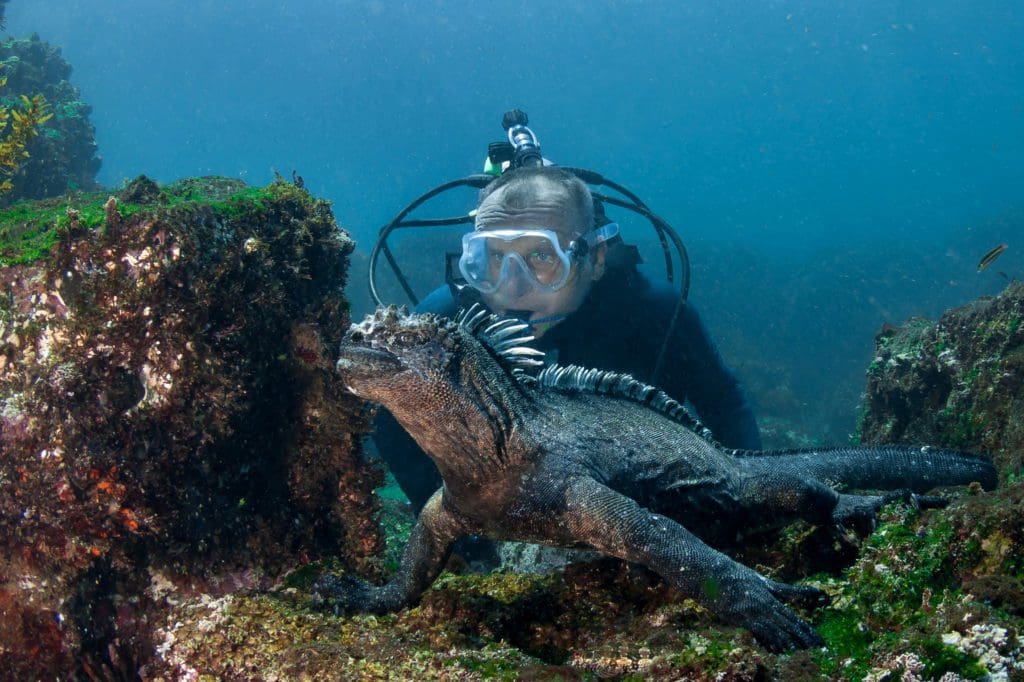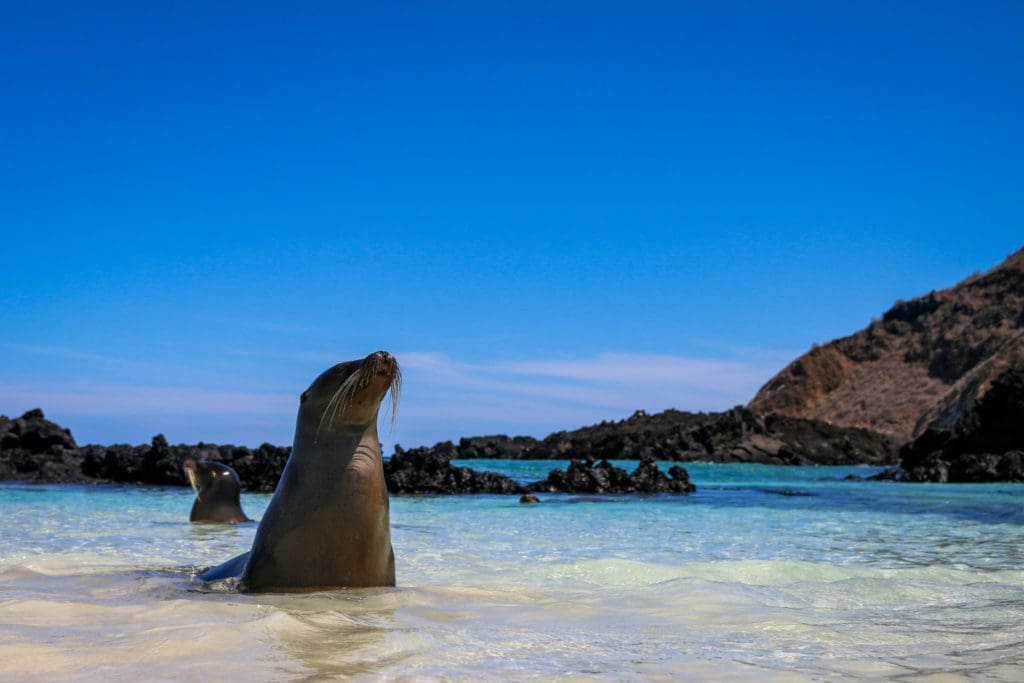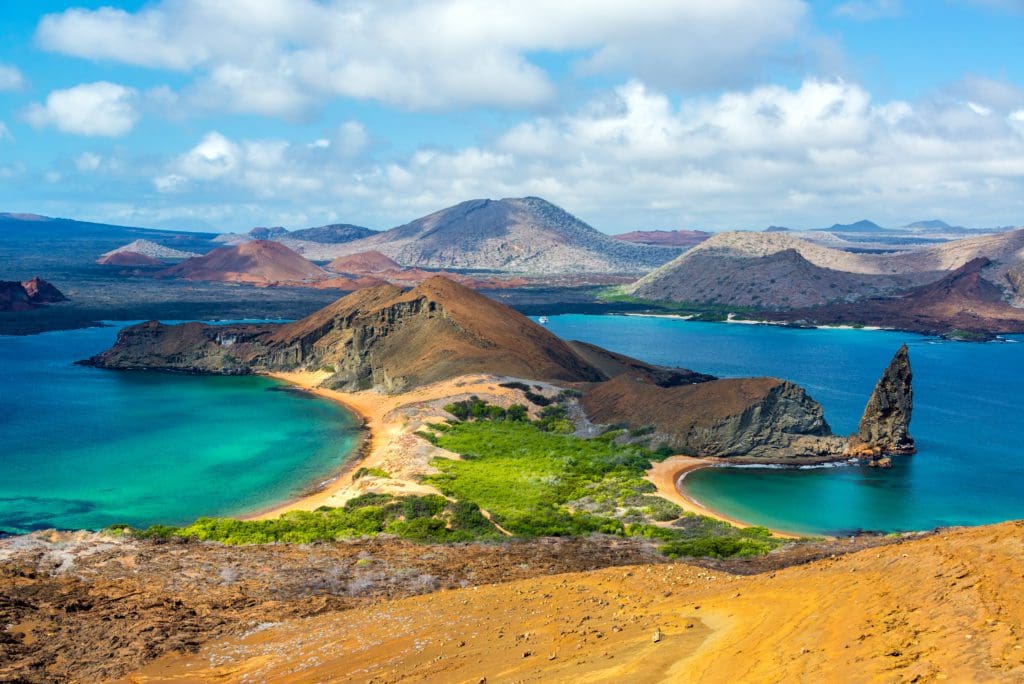Menu
The Galápagos Islands are a volcanic archipelago located in the Pacific Ocean, about 1,000 km (600 mi) west of mainland Ecuador. The islands are home to a unique and diverse range of plant and animal species, many of which are found nowhere else in the world. The islands are renowned for their role in shaping Charles Darwin’s theory of evolution and are considered one of the world’s most important natural laboratories.

The Galápagos Islands have two main seasons, the dry season and the wet season, which can affect the weather, wildlife sightings, and overall visitor experience. Here are some additional details about the best time to visit the Galápagos Islands:
Dry season: The dry season runs from June to December and is the most popular time to visit the islands. During this season, the weather is cooler and drier, with temperatures ranging from 18°C to 27°C (64°F to 81°F). The water temperatures are also cooler, which can make it a great time for snorkeling and scuba diving. The dry season also offers excellent opportunities to see land birds, such as Darwin’s finches and mockingbirds, as well as marine iguanas and giant tortoises. This is also the time when sea turtles come ashore to nest.
Wet season: The wet season runs from January to May and is characterized by warmer and more humid weather, occasional showers, and calmer seas. The water temperature is also warmer, which can make it a great time for swimming and snorkeling. The wet season brings more marine life, including sea lions, penguins, and a greater variety of fish and sea birds. It’s also the breeding season for many animals, such as marine iguanas and sea turtles, offering the opportunity to see courtship and mating rituals.
Overall, both seasons have their advantages and disadvantages, and the best time to visit depends on personal interests and preferences. It’s important to note that the Galápagos Islands are a year-round destination, and wildlife can be seen at any time of year.


Endemic species: The Galápagos Islands are home to many endemic species, meaning they are found nowhere else in the world. This includes the famous Galápagos giant tortoise, marine iguanas, flightless cormorants, and many bird species, such as the blue-footed booby and the waved albatross. These species have adapted to the islands’ unique environment and are a testament to the islands’ evolutionary history.
Conservation efforts: The Galápagos Islands are a protected area, and conservation efforts are a top priority. The islands are a UNESCO World Heritage Site, and visitors are required to follow strict rules and regulations to protect the islands’ delicate ecosystem. This includes staying on designated trails, not disturbing wildlife, and properly disposing of waste.
Cultural heritage: The Galápagos Islands have a rich cultural heritage, with a history that includes pirate attacks, whaling, and colonization. The islands have also been inhabited by different groups, including the indigenous people of the Inca Empire, Spanish colonizers, and later, a mix of settlers from Ecuador and other countries. Today, the islands are home to a small population of around 30,000 people, many of whom are involved in tourism or conservation.
Scenic landscapes: The Galápagos Islands offer a diverse range of landscapes, from volcanic craters and lava fields to pristine beaches and mangrove forests. Visitors can explore the islands on foot or by boat, discovering hidden coves, natural pools, and breathtaking vistas.


